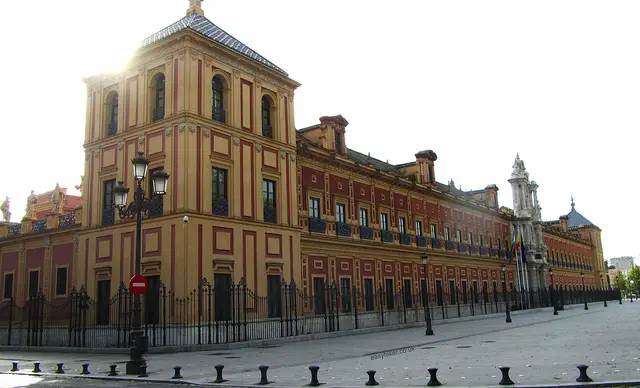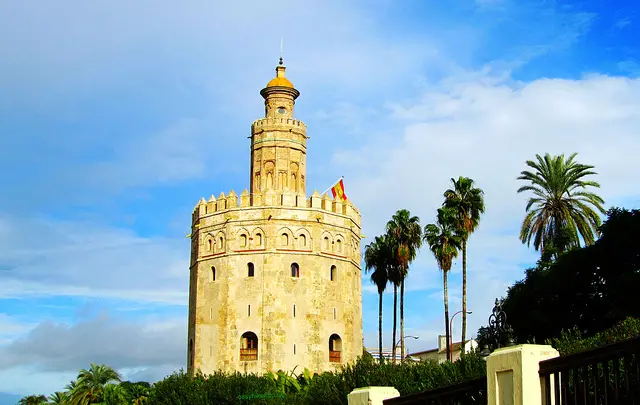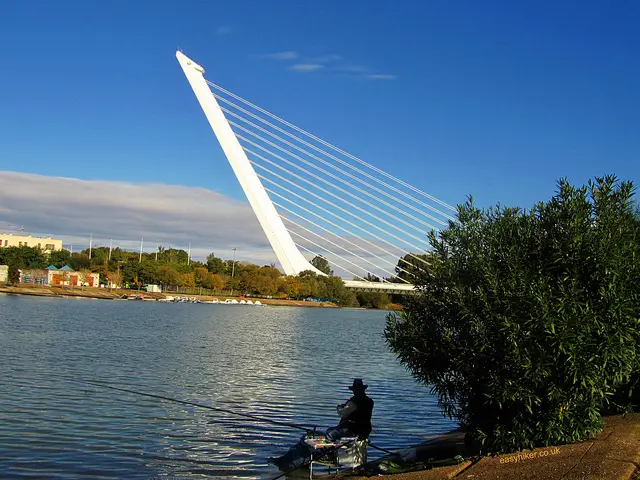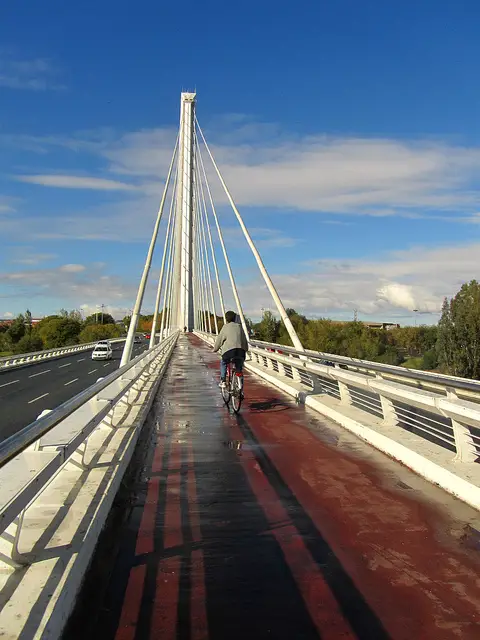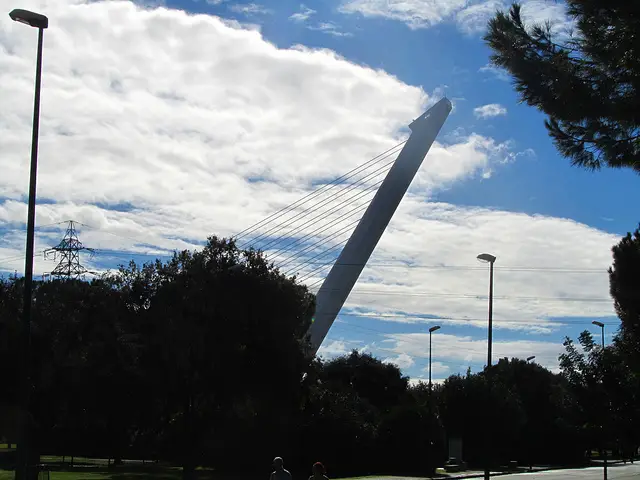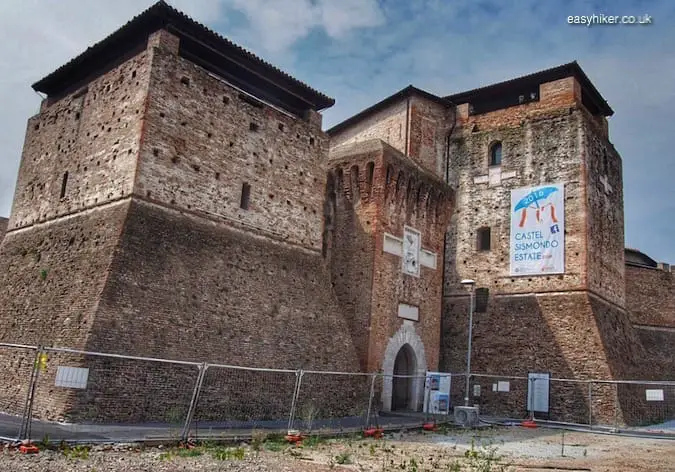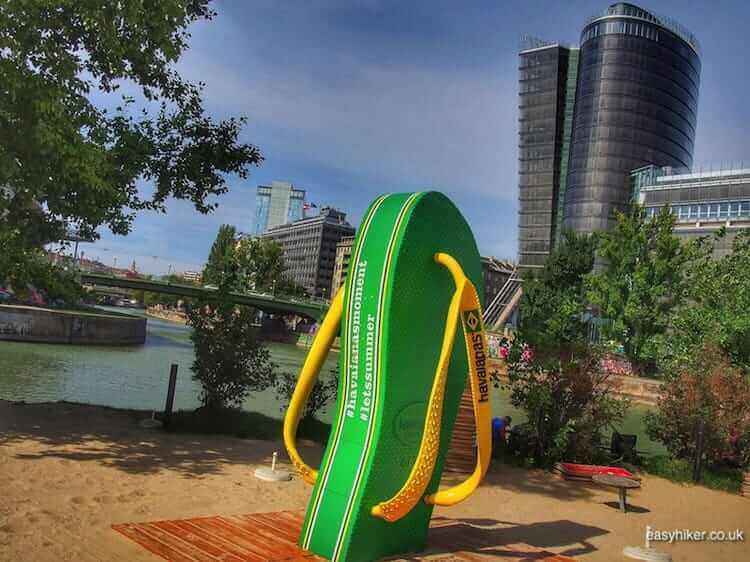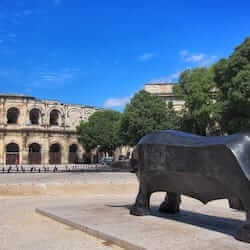Urban Walking in Seville
For walking Seville, we chose a route on the banks of the Guadalquivir river, from the town centre to the iconic Alamillo Bridge and across into neighbouring Alamillo Park.
The walk starts at San Telmo Bridge, near San Telmo Palace in the heart of the Old Town. Walk down to the Guadalquivir and stay on the “town side” of the river throughout.
On the first stretch of the walk, you will pass two of the city’s landmark buildings: first the Torre del Oro, Seville’s only truly “Moorish” building that has survived in its original state.
After a few hundred meters, you will come across the town’s bullring, the Plaza de Toros de las Maestranza, considered the most beautiful bullring in Spain and was most memorably used in the opera movie Carmen (the one with Julia Migenes).
Less memorably perhaps, it was also the place where I saw my first and only corrida, many years ago. I came as well prepared as you can possibly be, having just read Ernest Hemingway’s Death in the Afternoon, an excellent introduction into bullfighting, and was genuinely surprised at how boring it all was. Like watching a man slaughter a chicken. Slowly.
Continue past Triana Bridge and Cachorro Bridge. The area on your left hand side, on the other bank of the river, was the site of the 1992 Universal Exhibition. Some of the buildings are pretty far way, but the Pabellon de la Navegacion, one of the showpices of the exhibition, looks right across the river.
At the time, the Pabellon housed an exhibit of artefacts and models intended to give visitors a feel of Columbus’s first expedition to the “New World” – the 500th anniversary of which the Exhibition was, after all, meant to commemorate. The building is still used for historical exhibits of all kinds, most recently for a show that is dedicated to another nautical undertaking, albeit a less successful one.
By now, you will already have a pretty good view of the Alamillo bridge which was built – also for the Expo ’92 – by the famous Spanish architect Santiago Calatrava.
Cross the bridge on the pedestrian walkway to enter Alamillo Park on the other side of the river. They have a small cafeteria there (with toilets), and if you just head off straight into the park’s interior on the other side of the road, you will shortly come to the park’s two lakes, imaginatively called the Major and the Minor Lake.
Now turn around for a rather revealing view of Seville’s modernist landmark. (Hi, Alamillo Bridge, is that a reinforced concrete tower or are you just happy to see me?)
In truth, however, this is not the greatest park in the world. As far as we went – and I must stress that we did not see all of it – it appeared to feature mainly neatly arranged orange trees on one side of the road, neatly arranged olive trees on the other. Where is Capability Brown when you need him? In fact, the park looks as though it had been landscaped by his less talented brother, Vapidity Brown.
The best way to see it is probably this. Seville is a wonderful town, one of the best “Class B” destinations around – by which I mean to say that, while it does not have the range, buzz and metropolitan flair of a Class A destination (London, Paris, Barcelona, to name a few) and does fewer things, it does what it does exceedingly well: tapas, flamenco, exoticism – all that and more.
Nature in an urban setting, parks and riverside walks – these, conversely, are some of the things Seville does not do so well. Can we really complain about that?
That’s like marrying Marilyn Monroe and grumbling that she does not know how to cook.
Something else that Seville does not do particularly well is public transport. Their metro system consists of a single line, which has a similar trajectory to the only tramway line, from east to west across the town centre.
So, as an alternative to giving your (hopefully) durable and comfortable hiking boots another run – or walk – for their money and returning the way you came (unfortunately, there is no river promenade on the park side of the Guadalquivir), you have to cross the Alamillo bridge back into town and take the first turn on your right where there is a bus stop about 50 metres behind the street corner. Line no. 3 will take you back along the river – just get off when you see the Old Town on your left hand side.
And if you are lucky, you will be arriving just at the right hour for (a late) lunch or dinner – after walking Seville!
Read how we were smitten by Seville HERE

